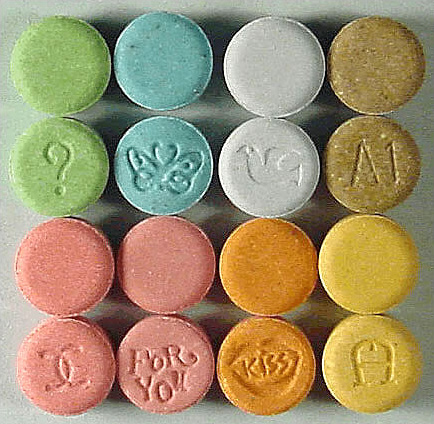MDMA offers potential to help PTSD
By DANIEL VELASCO
MDMA, Ecstasy or Molly is a synthetic stimulant that causes hallucinogenic effects.
Initially synthesized by the chemist Anton Kollisch in 1912, MDMA has become a popular party drug among youth.
MDMA affects three neurotransmitters within the brain: serotonin, dopamine and norepinephrine.
Serotonin has an array of different effects such as sleep, pain and hunger. However, it’s most famous for its effect on mood. Someone with healthy levels of serotonin can experience a balanced mood with considerably less anxiety and depression.
Dopamine helps regulate the brain’s emotional response. It also controls our brain’s relationship with rewards. When you accomplish something, the feeling you have afterward involves a boost of dopamine within your brain.
Norepine...

